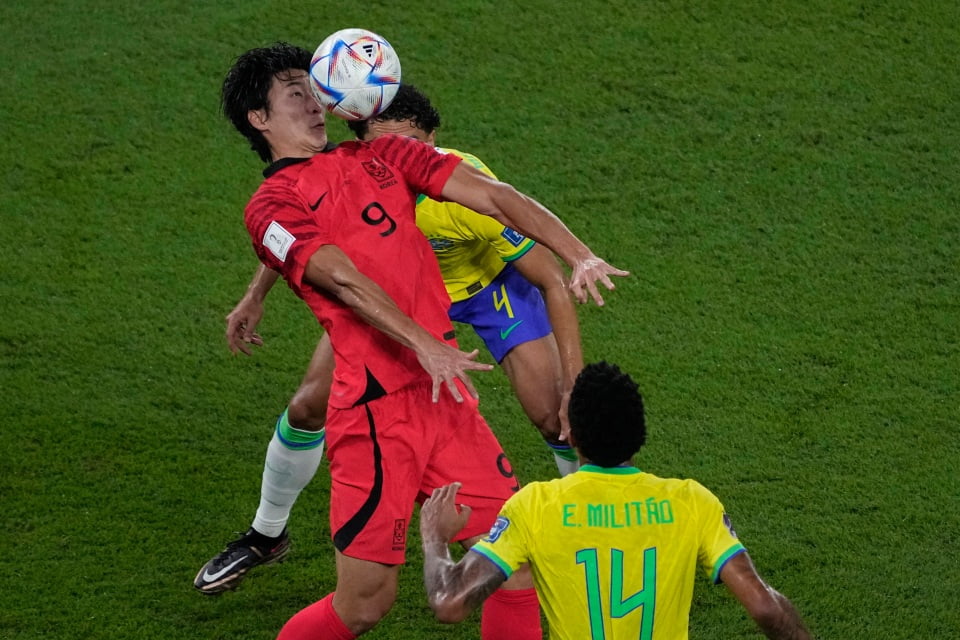HANDBALL is one of the most well known terms in football.
So what happens when the ball touches a hand or arm during a football match? Here’s what we know about the handball rule.
It is deemed a foul if an outfield player handles the ball in play
What counts as handball in football?
The only player who is allowed to handle the ball during a match is the goalkeeper – as long as they’re in their designated area.
They are not allowed to touch the ball with their hands outside the penalty area, as this would be a handball offence.
However, it’s off-limit for outfield players to handle the ball anywhere on the pitch, and they will be penalised if they do.
Despite its name, handball refers to contact from the player’s hand to the top of their arm.
A goal scored from a player’s shoulder is not handball, whereas a goal from the top of the player’s arm is handball.
Handball is given when the player has their hand in an unnatural position when the ball strikes it.
The referee will penalise the player and a foul will be given.
According to the International Football Association Board (IFAB) handball will also be given when the player deliberately touches the ball with a hand or arm.
Throw-in’s are not counted as a handball offence, as technically the ball is off the pitch and out of play when it is thrown.
Rules were changed for the 2021/2022 Premier League season with Mike Riley stating: “An arm extended away from the body makes that body bigger, in an unnatural position.
“If the ball strikes that arm, particularly if it is blocking a shot on goal, there is a greater likelihood we will penalise that.”
An accidental handball in the lead-up to a goal will not penalised unless it is from the scorer.
What is the difference between handball and ball to hand?
Ball to hand is usually used by referees to describe an accidental handball.
This is usually used to describe incidents where a player is close to the ball, and cannot reasonably move their hand out of the way quick enough to avoid contact with their hand.
Handball on the other hand is called when a player either deliberately touches the ball with their hand, or if the players arm is in an unnatural position when the ball is played.
If a player is judged to have been trying to break their fall when the ball hits their hand, for example, a defender sliding in to stop an attacker from scoring, this is not considered a handball.
Does VAR intervene on handball offences?
VAR can intervene on handball offences, as seen in the Premier League.
There are several reasons for VAR intervention in these situations.
One of which is that it is illegal for a player to touch the ball with their hand and score directly after that situation.
This will be given as a foul and a free kick will be awarded to the other team.
This also applies to when the ball touches a player’s hand in the immediate build-up to a goal.
A player who is adjudged to have stopped a goal scoring opportunity by using their hands will receive a red card if they are the last player between the attacking team and a chance of scoring.
VAR will be used to make sure that the referee has the clearest view of the incident as they may not have seen it initially.

